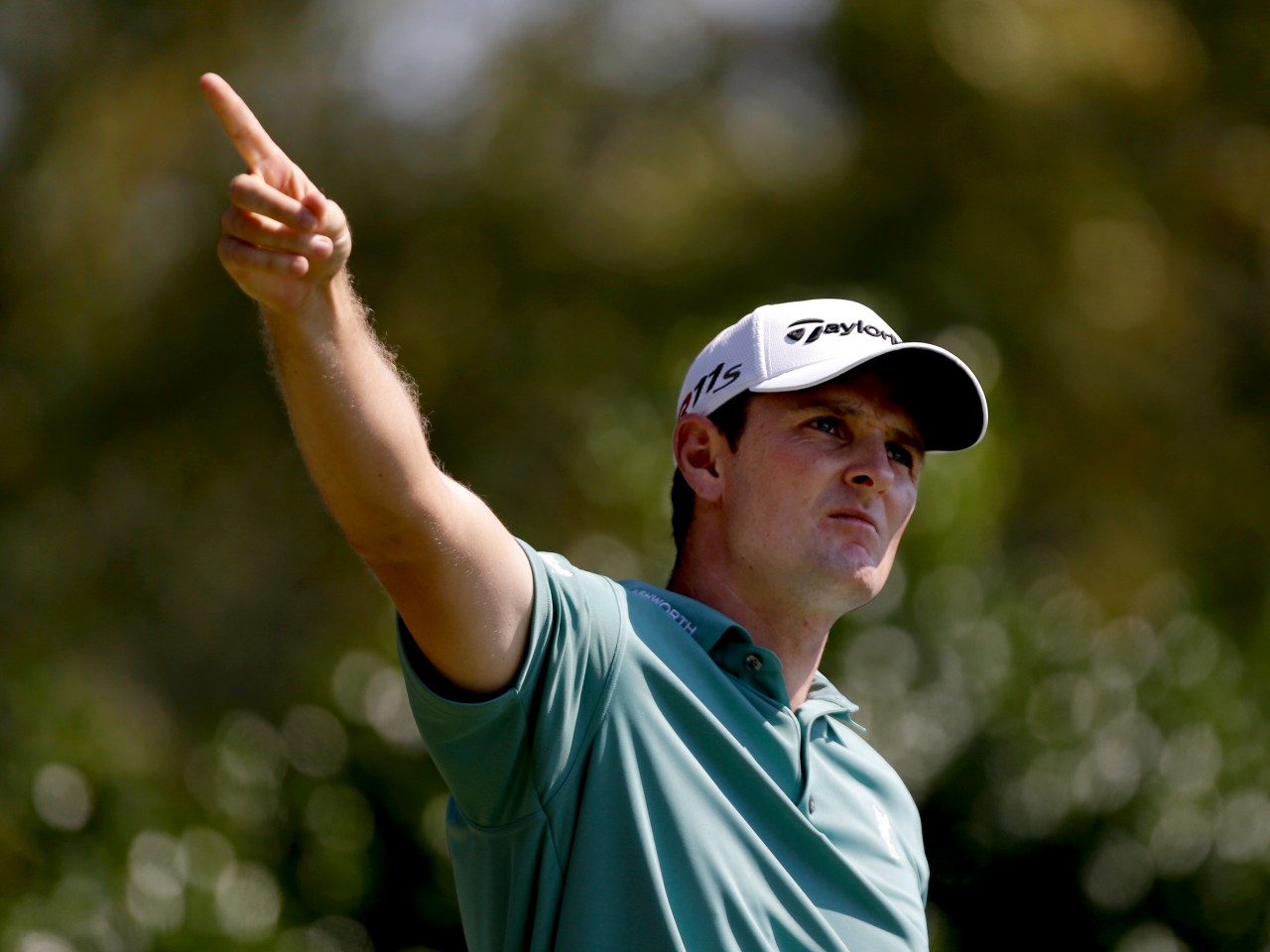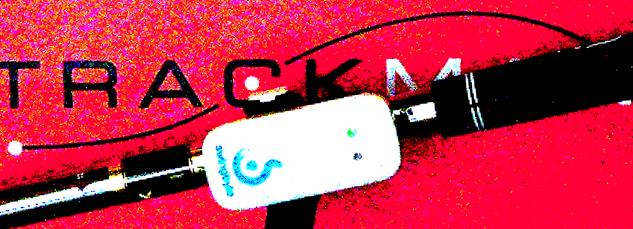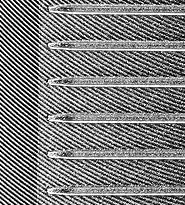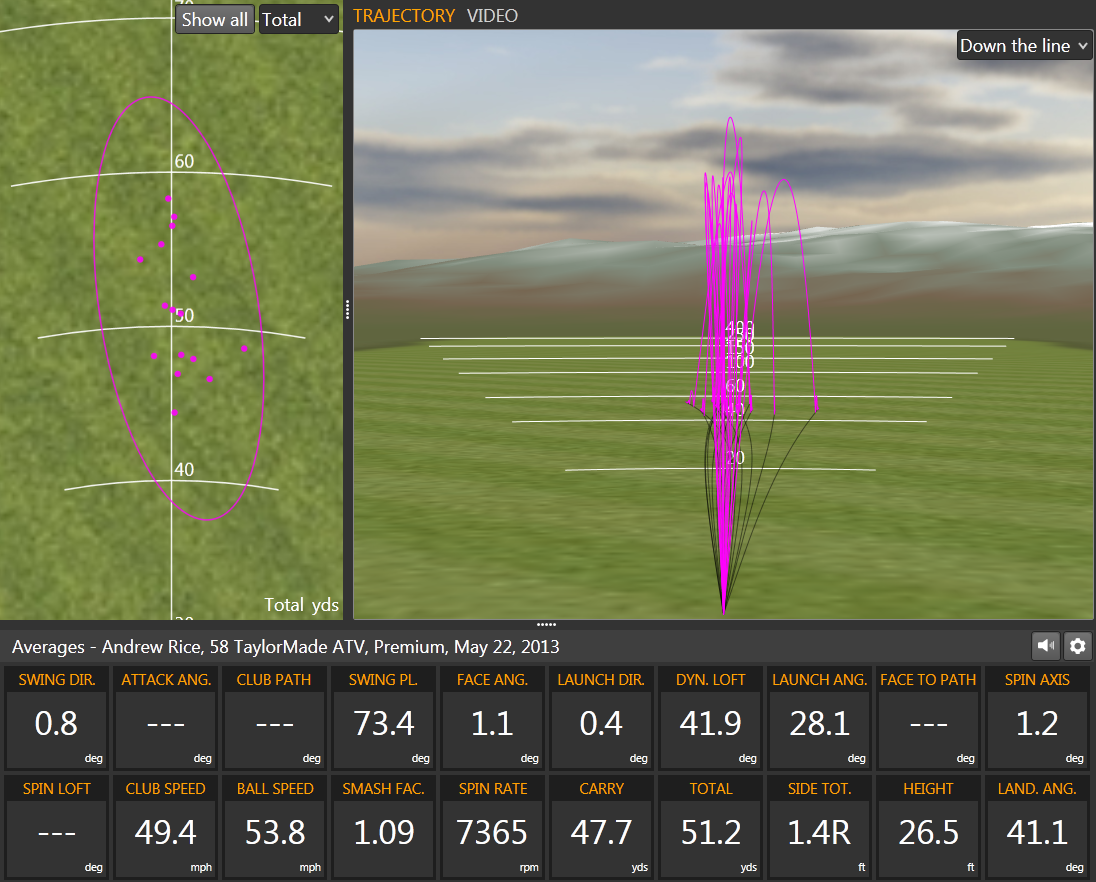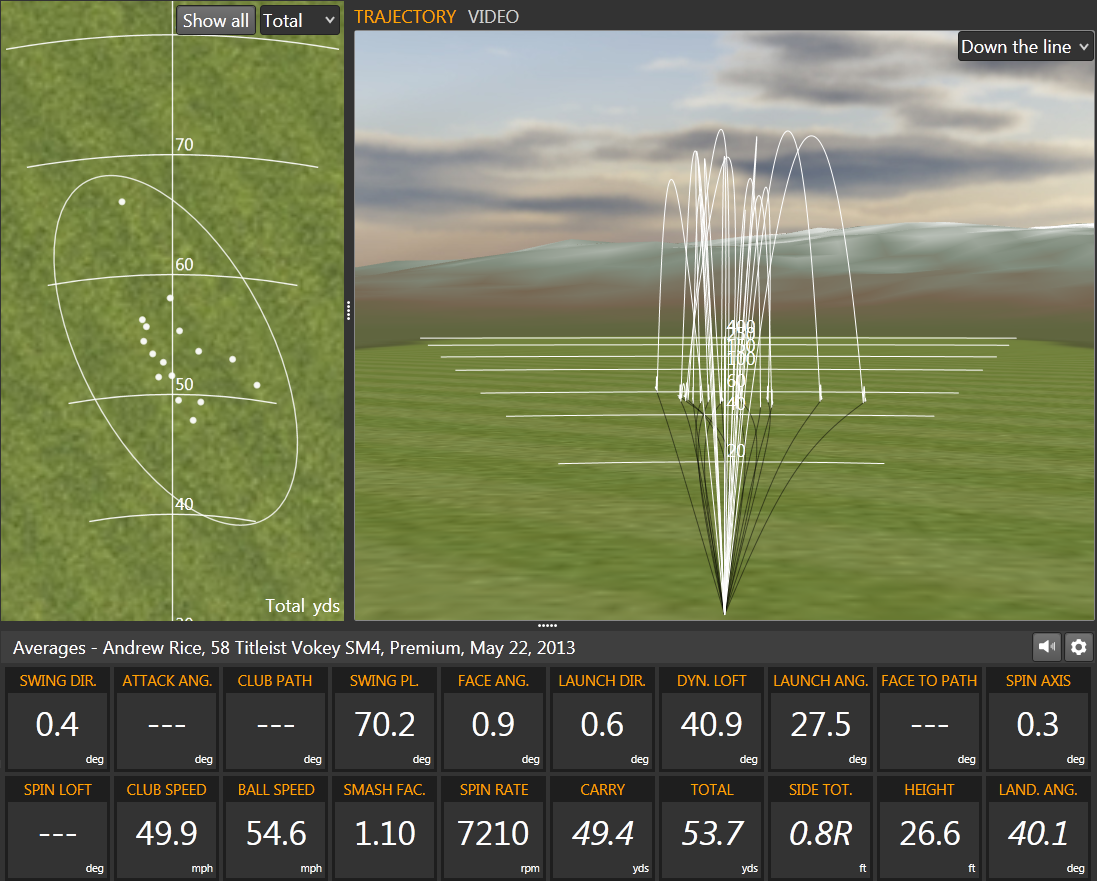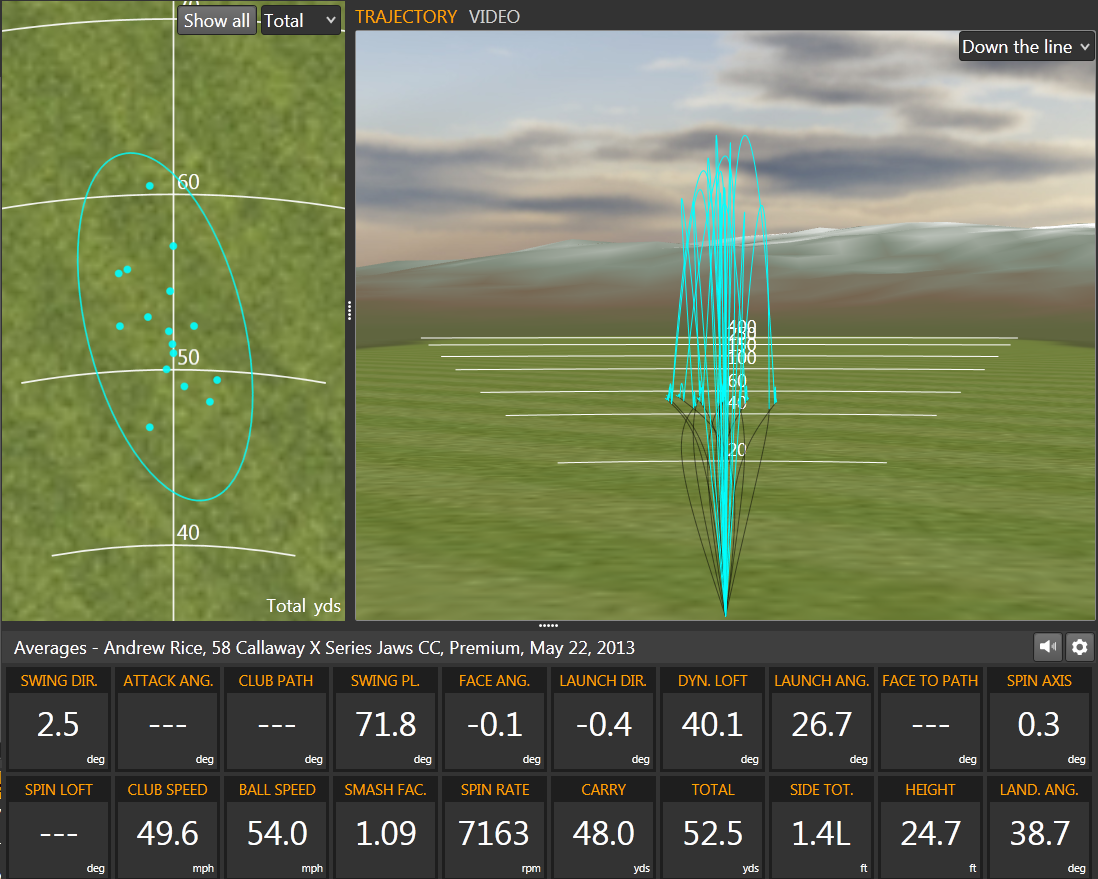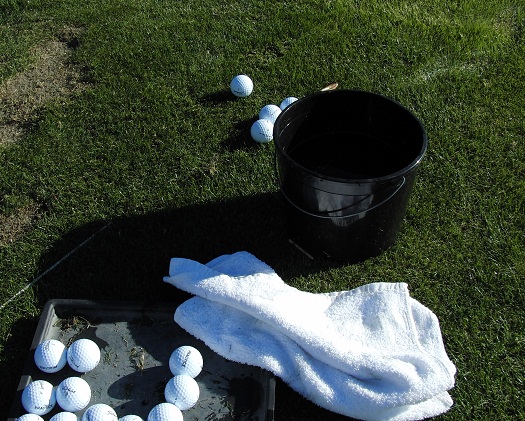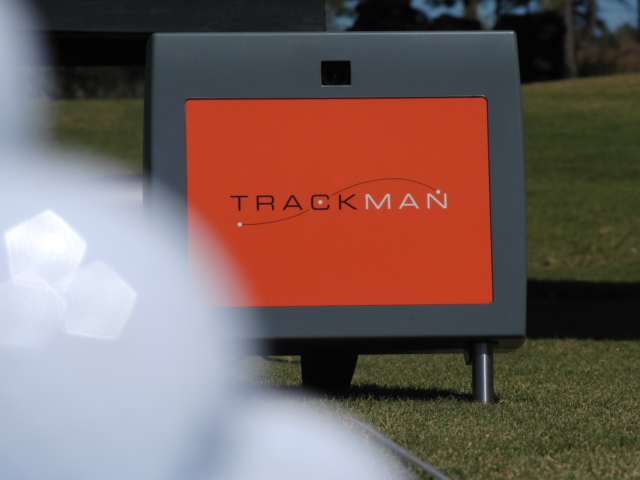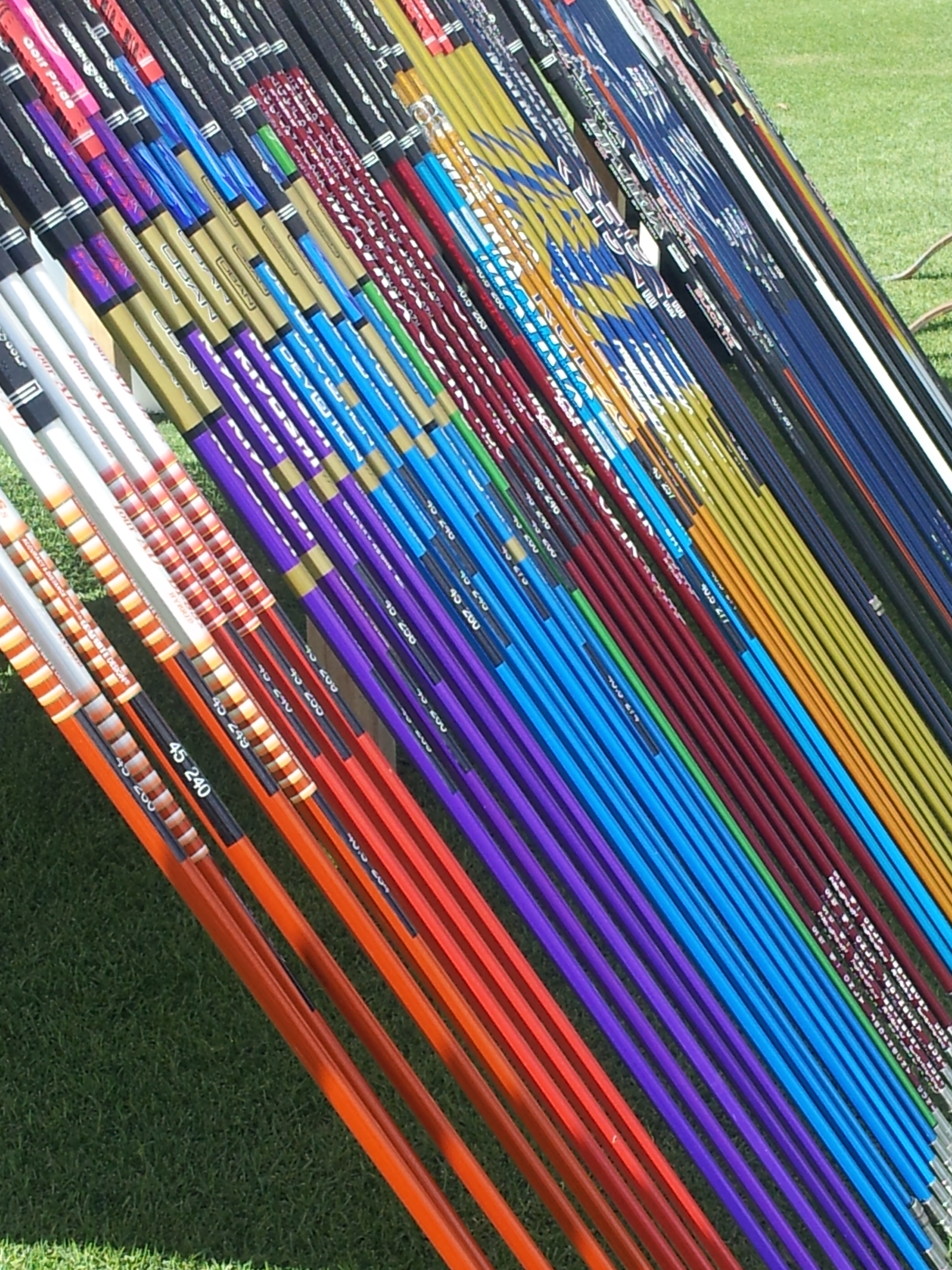Which Iron is Right for You?
/All golfers are aware that there are different genres of irons available to them, yet many are not aware of what the actual differences might be. This article is designed to help you sift through some current offerings, give you insight into the differences in ball flight you might expect and thus make a selection that better suits your game.
With this in mind I gathered three current models sent to me by my friends at PING: the new G440, the very new i240 and my current gamer, the Blueprint S. I used the 7i from each set and each club has the same shaft, grip, length, flex, swing weight and lie angle. This way the differences in ball flight can only be attributed strictly to the differences in the clubhead.
While each of the 7 iron heads have standard lofts, the G440 has 29º of loft while the i240 and the Blueprint S each have 33º of loft. Yes, modern day, larger club head models have lowered lofts to aid in helping the ball fly further, but that lower loft is also in place to manage trajectory concerns. The “flex-face” technology increases ball speed, reduces spin and increases height. The decrease in loft serves a dual purpose of increasing distance and ball speed, but it also deters the ball from flying overly high.
The test involved hitting 12 shots with each club in randomized three-ball increments. I used a very low tee for all shots in order to keep grass and debris from influencing the outcome. Once I had hit 12 shots with each club I culled the worst 4 shots with each club to eliminate any outliers that could corrupt the data. All the data was captured using TrackMan in normalized mode which keeps any temperature, altitude or wind effects out of the data. The blue shots were the Blueprint S, the red shots were the i240 and the purple shots were the G440.
PING G440
Angle of Attack -6.1, Dynamic Loft 19.9º, Club Speed 83.6 mph
Spin Rate 4956 rpm, Ball Speed 121.7 mph, Carry 177.2 yds, Peak Height 88.4 feet, Land Angle 44.5º
The ball stopped 10.8 yards after landing
PING i240
Angle of Attack -6.2, Dynamic Loft 21.3º, Club Speed 84.3 mph
Spin Rate 5637 rpm, Ball Speed 118.1 mph, Carry 167.1 yds, Peak Height 87.5 feet, Land Angle 45.7º
The ball stopped 9.8 yards after landing
PING Blueprint S
Angle of Attack -6.1, Dynamic Loft 21.7º, Club Speed 83.5 mph
Spin Rate 5710 rpm, Ball Speed 117.3 mph, Carry 165.4 yds, Peak Height 87.7 feet, Land Angle 45.9º
The ball stopped 8.3 yards after landing
What can we take away from this test?
Any interesting note was that while the G440 had 4º less loft I only delivered the clubface with +/- 1.5º less loft relative to the i240 and the Blueprint S. The peak height was virtually identical with all three models.
Modern day “face-flex” (my term) technology makes the ball fly further, with less spin and while the stopping power will be decreased, the gains in distance for those in need far outweigh any negative effects.
In my professional opinion anybody who swings a 7 iron at 75 mph or faster does not need the distance help a “face-flex” iron provides. You currently hit the ball far enough to sacrifice the distance gains for improved predictability and stopping power.
And that’s the big question: do you need more consistency and improved ability to stop the ball once it lands? Or is distance more important? Personally, I will be switching to the new i240 iron (5-UW). I like the look and feel of the clubhead and know that the slight bump in forgiveness from the Blueprint S model will serve me well.
As you decide which direction to take before purchasing your next set of irons, please consider some of the information I have shared here. I hope this info helps you play your best and experience more joy out on the golf course.
(Many thanks to Peter Egazarian and Farmington CC outside Charlottesville, VA for allowing me to teach and conduct my test.)




























